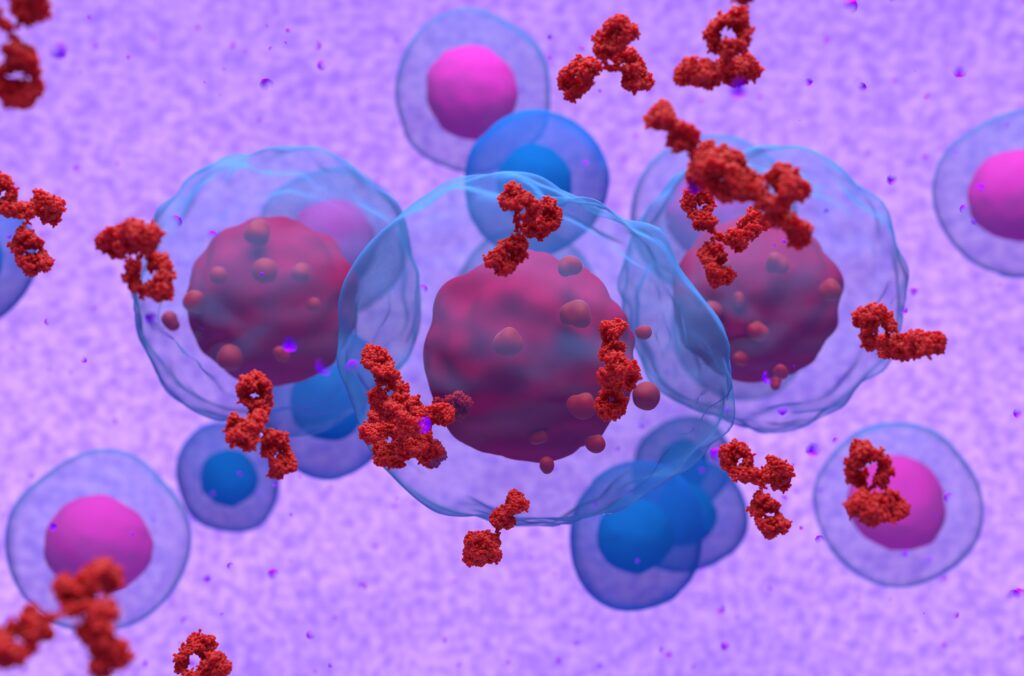
Whiplash, also called neck sprain or neck strain, is an injury that occurs due to forceful, back-and-forth movement of the neck. It often affects the neck’s discs, muscles, nerves, and tendons.
Most whiplash injuries are the result of a collision that involves sudden acceleration or deceleration. People who have been in a car accident where their vehicle was hit from behind often get whiplash. However, whiplash can also occur from sports injuries, especially in contact sports like football or hockey. Whiplash can also occur due to physical abuse and is a common injury in shaken baby syndrome.
What Are the Symptoms of Whiplash?
The symptoms of whiplash often develop within a few days of the injury. Symptoms may include:
- Blurred vision
- Dizziness
- Fatigue
- Headaches, usually starting at the base of the skull
- Irritability
- Loss of range of motion in the neck
- Neck pain and stiffness
- Pain in the shoulder, upper back, or arms
- Sleeplessness
- Tinnitus (ringing in the ears)
- Tiredness
Some people with whiplash may also have trouble concentrating or experience memory problems. See your doctor if you have any of these symptoms after a car accident or sports injury. Other conditions can cause these symptoms, so it’s important to get an accurate diagnosis as soon as possible. Your doctor will take your medical history and perform a physical exam. You may also need an imaging exam, such as an X-ray, MRI, or CT scan.
What Are the Treatment Options for Whiplash?
Whiplash cannot be cured directly, but it can be treated. The goals of whiplash treatment are to control or manage pain and restore the neck’s range of motion. Treatment for whiplash will depend on the extent of the injury.
If you have pain after a whiplash injury, your doctor may recommend that you rest for a few days. You may need to immobilize the neck using a cervical collar. The collar keeps your head and neck in alignment to stop your vertebrae from pressing on the spinal cord.
For some people, over-the-counter medication such as Advil or Tylenol is enough to treat the pain. Others may need prescription medication. Your doctor may also recommend applying heat or cold to your neck for 15 minutes at a time to help decrease swelling and inflammation.
Your doctor may recommend movement and stretching exercises to restore range of motion after a whiplash injury. These can be as simple as rolling your shoulders or rotating your neck in both directions. However, you want to make sure you are not causing further injury. If you start to feel pain during the exercise, stop.
Physical therapy can also help restore range of motion and prevent further injury after whiplash. A physical therapist can work with you on muscle-strengthening exercises and help you regain normal movement. The number of physical therapy sessions you need will depend on the extent of your injuries.
Can Whiplash Be Prevented?
Life is often unpredictable, so there is no way to prevent whiplash entirely. However, there are ways to reduce your risk.
Adjust your driver’s seat and mirrors. Whiplash often occurs as a result of motor vehicle accidents. Adjusting the driver’s seat to the appropriate height and using the headrests can help reduce your risk of whiplash. If necessary, you can use an orthopedic seat cushion to help adjust your height and posture so you can reach the headrest. You should also make sure to adjust your mirrors so you can see what is happening behind you and avoid a possible accident.
Wear your seatbelt correctly. You should wear your seatbelt anytime you get in a vehicle, but it’s equally important to ensure you wear it properly. The seatbelt should be worn across your shoulder and snug against your body. This will prevent forward motion if you get into an accident.
Brace for a crash. If you realize that you are about to get into a collision, lean your head back against the headrest and look forward. Keep your body in a neutral position to prevent forward movement.
Use protective gear. Preventing whiplash from a sports injury can be difficult, but using the appropriate protective gear can help. A helmet will protect your skull from external forces. A Q-collar can add an extra layer of protection by reducing the brain’s movement inside the skull.
Resource Links:
“Whiplash (Neck Strain)” via Cleveland Clinic
“Whiplash” via National Institute of Neurological Disorders and Stroke
“Whiplash Treatment” via Mayo Clinic





